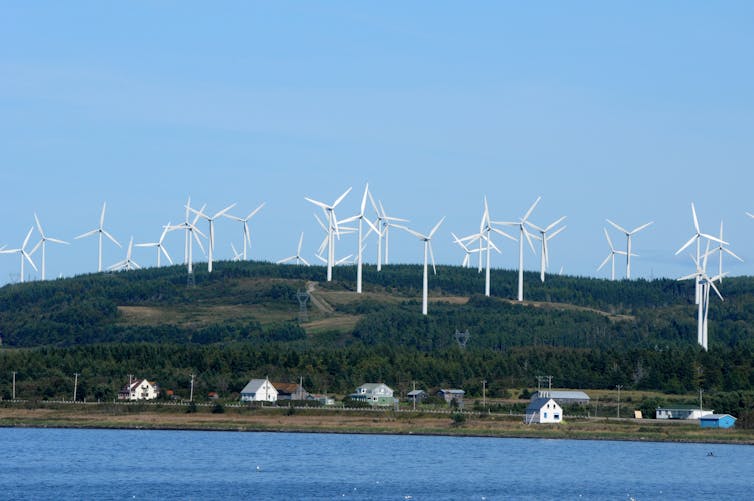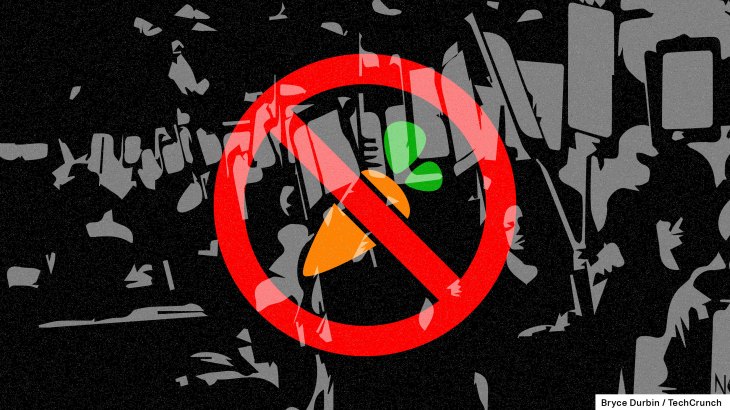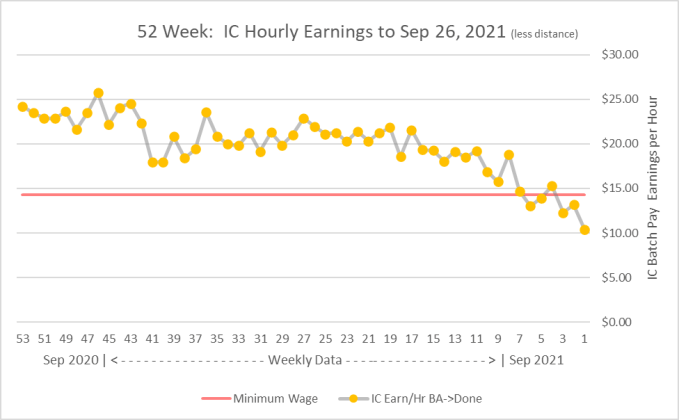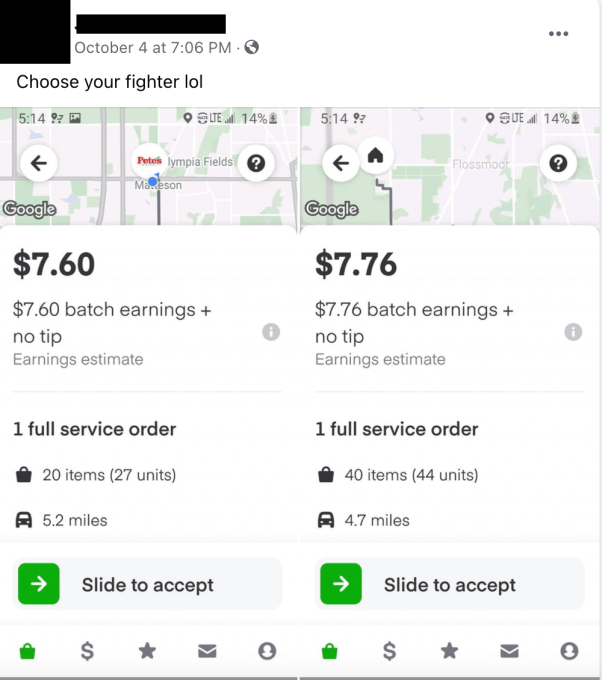Canada is aiming for carbon neutrality and that will mean big changes to how we produce and consume energy
A coal mine in Alberta. Canada has adopted a carbon neutral target for 2050. It represents a major change Canada’s approach to reducing GHG emissions. (Shutterstock)
Canada recently adopted a target to reach net-zero emissions by 2050 and increased its greenhouse gas reduction targets for 2030. It is now committed to cutting greenhouse gas emissions by 40 to 45 percent below 2005 levels by 2030.
The new goal is significant. Also, aiming for carbon neutrality fundamentally changes the approach Canada must adopt to meet its targets.
This is shown in the Canadian Energy Outlook 2021, a report we wrote in collaboration with Olivier Bahn of the Pôle e3c at HEC Montreal and with ESMIA Consultants. It presents the results from modelling different scenarios for the decarbonization of Canadian society.
This second edition of the Canadian Energy Outlook presents scenarios with projections about the evolution of energy production and consumption, as well as all greenhouse gas emissions related to human activity. It compares transformation scenarios over the next 40 years using the most detailed hypotheses available about how technology will evolve.

5 scenarios
Analyses have long shown that in order to reduce its greenhouse gas emissions, Canada must transform its energy system, which is responsible for more than 80 per cent of emissions. Regional diversity, the economic weight of this sector (it accounts for 10.2 per cent of GDP) and the high level of per capita energy consumption (it is second only to Iceland in the OECD) add to the challenges Canada faces in making this necessary transformation.
To better understand these challenges, the Canadian Energy Outlook 2021 models and analyzes the evolution of Canada’s energy system through 2060 according to five scenarios. These are a reference scenario, which includes all the measures that are presently in place (REF), a scenario that adds the announced increase of the carbon price to $170 per tonne by 2030 (CP30), and three scenarios for reaching carbon neutrality by 2060, 2050 and 2045 (NZ60, NZ50 and NZ45).
The scenario of carbon neutrality by 2050, which requires a 40 per cent reduction in greenhouse gas emissions by 2030 compared to 2005, corresponds to the new Canadian targets. The model uses the optimal trajectories that would allow these objectives to be met while minimizing the investments required.
Transforming the Canadian economy
Strictly speaking, these trajectories are not predictions — actual investments are rarely made in an optimal way because of short-term calculations, technological biases, preference for the easy way out, political pressures, etc. However, the trajectories have the merit of identifying some of the important keys to developing the kind of effective decarbonization strategies that will be required to fundamentally transform Canada’s economy in less than three decades.
The findings from this exercise are too numerous to detail here, so we will limit ourselves to a few
The goal of net-zero changes everything. When we approached this new Canadian Energy Outlook, we expected that the more ambitious federal targets would be a tweak of the 80 per cent reduction scenarios we had reviewed in 2018.
This was not the case. The carbon neutrality target qualitatively changes the nature of the challenge. It is no longer a case of settling for solutions that partially reduce emissions here and there, hoping that the sum of the reductions will bring us to the target. Carbon neutrality requires that, wherever technically possible, the chosen solution should be zero emissions or remove greenhouse gases. The challenge of greenhouse gas capture and sequestration is such that it should only be used as a last resort.
This suggests that much fewer efforts should be spent on making fossil fuel-based technologies more efficient, and more should be spent on those that operate on green energy. It rejects the concept of transitional energy sources, such as natural gas, which is incompatible with carbon neutrality.
Electricity will play a pivotal role in the transformation. This is not entirely new. All modelling and analysis of recent years shows that renewable electricity will make a key contribution to achieving the reduction targets. To achieve carbon neutrality, models project that electricity production will have to increase by a factor of 2.3 (1.4 in Québec). The growth of renewable energy will be dominated across Canada by wind power, while remaining coal and natural gas generation will be almost completely eliminated.

What’s new in this finding is that the models project a relatively small amount of electricity from biomass associated with carbon capture (BECSC). Although electricity from biomass is more expensive to produce than wind energy, it can be used to reduce greenhouse gas emissions in sectors that are difficult to decarbonize, such as agriculture, industry and transport.
Not all sectors are equal. The availability of low-emission solutions are not the same in all economic sectors, which also operate differently. For example, although transportation is responsible for 30 per cent of Canada’s greenhouse gas emissions, this sector is particularly slow and difficult to decarbonize due to the lack of well-established solutions. This means that other sectors will have to step up their efforts in order to compensate for this.
In the short term, this will be the case for the oil and gas sector, which will have to reduce its emissions by more than 60 per cent by 2030 to meet this first milestone, and for the industrial sector. The latter can respond quickly with the help of governments. In the medium term, the building sector will have to do the same. Low-GHG heating technologies exist and are available. The challenge here is to transform millions of buildings. That takes time and a clear vision.
A cost-effective transformation
The economic implications of the energy transition in projections for the next 30 years are uncertain. However, estimates of the net cost of massive electrification of Canada’s energy mix suggest that Canadians could save more than $60 billion annually from 2050 on by switching from oil and natural gas to renewable electricity.

Evolution of the marginal cost of the equivalent tonne of CO2 avoided, the cost associated with reducing the last tonne. The costs mentioned for the 2021 Outlook are the costs expected in the NZ50 scenario. The 2018 Outlook scenario projected an 80 per cent reduction in energy-related emissions. (Canadian Energy Outlook 2021 — Horizon 2060)
The remarkable drop in the price of low-carbon technologies across all sectors is also reflected in the evolution of the marginal abatement cost curve between 2018 and 2021. The marginal abatement cost curve shows the highest cost per tonne of carbon dioxide to achieve a certain overall level of greenhouse gas reduction. The marginal cost of reducing Canadian emissions by 65 per cent presented here is roughly a third of what it was in the 2018 projections.
While uncertainties remain, it’s clear that with massive global investment in technologies with low greenhouse gas emissions, prices will continue to fall and the transition will be even less costly than what is currently projected.
However, we still have a long way to go, as the large-scale integration of these technologies requires a clear plan, upstream investments and consistent policies. Despite recent efforts by the federal and several provincial governments, the measures in place are still largely insufficient to achieve the 2030 and 2050 targets.
Our modelling shows that these are technically and economically feasible. What is still missing is a solid, credible, effective strategy and, above all, citizens, thinkers, business leaders and politicians who are convinced of the need and opportunity to act.
This article was originally published in French
Directeur de l’Institut de l’énergie Trottier, Polytechnique Montréal et Professeur de physique, Université de Montréal
Directeur exécutif, Institut de l'énergie Trottier, Polytechnique Montréal
Chercheur associé, Institut de l'énergie Trottier, Polytechnique Montréal
Disclosure statement
The production of the Canadian Energy Outlook 2021 – Horizon 2060 was supported, in part, by the Trottier Institute of Energy, the Pole e3 of HEC Montréal, the Trottier Family Foundation and Natural Resources Canada. No rights of review of the analyses and conclusions have been granted to the organizations that funded this report. The authors are solely responsible for them.
The Trottier Institute of Energy of Polytechnique Montréal was created thanks to a generous donation from the Trottier Family Foundation. Its mission covers research, training and the dissemination of information related to the issues of decarbonization of energy systems.
Simon Langlois-Bertrand does not work for, consult, own shares in or receive funding from any company or organisation that would benefit from this article, and has disclosed no relevant affiliations beyond their academic appointment.
Arctic nations discuss mitigating impact of climate change
Oct 14, 2021
Arctic nations met in Reykjavik ahead of the United Nations' COP26 climate summit to discuss their unique perspective on climate change and who to mitigate its effects.

















